Offbeat Outings is a bi-monthly series that highlights the travels of BHP staff as they experience history first-hand throughout Pennsylvania.
Trying to find something to do outside in Pennsylvania during the month of August is often challenging with our hot and humid days. Luckily, the first Saturday in August is always the Mt. Gretna Tour of Homes & Gardens.
“Mount Gretna” (“Mt. Gretna”) is a rather loosely defined residential area in southern Lebanon County and is about seven miles south of the city of Lebanon, twenty miles north of Lancaster and about thirty-five miles from Harrisburg. I figured you all would enjoy “touring” the countryside using a 1914 State Highway Map instead of that high tech GPS/Bing/Google mapping! Mt. Gretna’s early communities are “cities in the woods” and due to the careful planning in the 1890s and maintaining of the overhead tree canopy, Mt. Gretna is at least 10 degrees cooler than the rest of Lebanon County during the summer.
The Mt. Gretna Tour of Homes & Gardens included nine homes, three historic buildings and the Mt. Gretna Inn, and was in the areas known as the Campmeeting, Chautauqua, and the Heights. This self-guided walking tour is in its thirty-first year and the proceeds benefit Gretna Music, an organization that has been presenting chamber music, jazz and other musical genres in central Pennsylvania for over 40 years.
The tour included stops at The Mt. Gretna Area Historical Society, Hall of Philosophy, The Blanck Family Cottage, Southern Comfort, The Music House, The Kleinfelter House, It’s a Wonderful Life, Twin Cedars, The Green House, While We’re at It, The Moose Den, the Mt. Gretna Inn and the Heights Community Building.
At many stops, friendly hosts and hostesses met us out on the inviting front porches. While I did not see Desi and Lucy (ambassador dogs) at tour stop #8, I did catch the whimsical garden art at tour stop #3. The pride of ownership was apparent, but it was the sense of place and the community spirit that made this a great place to visit and for those lucky enough, to live in. In fact, Mt. Gretna was just voted the 2nd (out of 10) safest and most peaceful places to live in Pennsylvania. Also, be sure to check out the September 2015 issue of Old House Journal for Mt. Gretna will be featured in the “My Neighborhood” pictorial article.
The Mt. Gretna Campmeeting was placed on the National Register of Historic Places in 2012. Per the nomination, the Mt. Gretna Campmeeting is significant under Criteria A in the area of Religion and C in the area of Architecture.
The Campmeeting is a residential-resort community located in West Cornwall Township and consists of 228 cottages, many of which date from 1892, the year the United Brethren opened their campmeeting there. All but one cottage was built on site by local carpenters. The cottage styles are predominantly Gothic Revival or Queen Anne, typical of the late 19th century religious resort. The National Register nomination describes the significance of the district as:
The district is associated with the religious campmeeting trend that was popular in the 19th and early 20th centuries and continues to reflect that use and mission today. Mt. Gretna’s Campmeeting shows the evolution of a fairly typical campmeeting grounds, growing in the direction some took, toward a more-permanent residential and less-seasonal spiritual or recreational community. The district also contains a wonderful array of vernacular seasonal cottages reflecting Late Victorian and early 20th Century Revival influences, as well as an impressive Tabernacle building that remains the focal point of the Campmeeting, and a naturalistic setting and landscape that has been carefully emphasized and intentionally retained by property owners.
The architecture of the Mt. Gretna Campmeeting – simply constructed cottages nestled closely together, with porches almost touching, certainly created a strong feeling of neighborliness and made porch to porch conversations easy. A significant number of Mt. Gretna cottages have descended through the same family for a century or more, testifying to her [Ellen Weiss] “strong family ideology.” As for “living in nature,” there is no doubt that if your cottage has a tree growing through its porch roof you are living close to nature. But having noted all that, Mt. Gretna is not “the suburb.” It is partly a village and partly a campmeeting. Walking through the grounds and reading cottage names like “EEEE,” “Umbrage,” “UNeeDARest,” and “DunRoamin” and such street names as Boehm, Otterbein, or Glossbrenner, there is no mistaking the fact that you are in a village and a United Brethren campground village at that.
The Chautauqua development is a slightly later neighborhood of the Campmeeting, and the grounds are located just west of the Campmeeting. The Chautauqua has its own individual history of development, and a separate government – though the two were developed simultaneously, they were always separate in purpose, management and growth.
The Mount Gretna Chautauqua Historic District was listed in the National Register of Historic Places on August 18, 2015 and is significant under Criterion A in the areas of Social History and Entertainment/Recreation, and Criterion C in the area of Architecture. The statement of significance from the National Register nomination describes the district as:
Established in 1892, it was a manifestation of the new social and cultural phenomenon known as Chautauqua, then sweeping the country. For the first year Chancellor Max Hark put together a program of 27 different courses of study, embodying the Chautauqua’s four pillars: culture, religion, the arts, and recreation. Similar programs have been presented in Mount Gretna every summer since 1892. The district, of about 48 acres, contains 206 resources…the majority of these are cottages styled in the Bungalow/Craftsman mode of the Late 19th and Early 20th Century American Movements. The universal use of wood-beams, boards, and shingles – as the preferred building material establishes a softness of feeling that is appropriate for a resort community in a slower paced era.
The founding committee members were the real creators of the Mount Gretna Chautauqua and were seriously concerned about the proper use of the landscape features of the site they had acquired. The Hall of Philosophy, built in 1909, is quite possibly the best known of the Gretna buildings. It is certainly the most iconic…and styled with a Greek Revival façade [but] it is nevertheless a Bungalow/Craftsman design.
On the east side of the Campmeeting, the development known as “the Heights” was developed by Abraham Lincoln Kauffman during the 1920s. It is different from the Campmeeting and Chautauqua communities in that it the cottages were planned as year round residences.
Be sure to check out all that Mt. Gretna has to offer!
Mt. Gretna First Fridays https://www.facebook.com/MtGretnaFirstFridays
Mount Gretna School of Art Public Workshops http://www.mgsoa.org/saturday-workshops/
Gretna Theatre http://www.gretnatheatre.com/current-shows
Mount Gretna Outdoor Art Show http://www.mtgretnaarts.com/
Chautauqua Arts & Crafts Program http://pachautauqua.org/
Mt. Gretna Cicada Festival http://www.cicadafestival.com/
Comment Policy
PHMC welcomes and encourages topic-related comments on this blog. PHMC reserves the right to remove comments that in PHMC’s discretion do not follow participation guidelines.
Commenters and Comments shall be related to the blog post topic and respectful of others who use this site.
Commenters and Comments shall not: use language that is offensive, inflammatory or provocative (this includes, but is not limited to, using profanity, obscene, or vulgar comments); disparage other commenters or people; condone illegal activity; identify the location of known or suspected archeological sites; post personal information in comments such as addresses, phone numbers, e-mail addresses or other contact details, which may relate to you or other individuals; impersonate or falsely claim to represent a person or an organization; make any commercial endorsement or promotion of any product, service or publication.
If you would like to comment on other topics not related to this blog post but related to PHMC, please fill out the PHMC Contact Us Form.

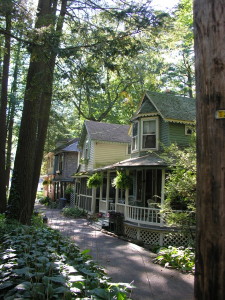
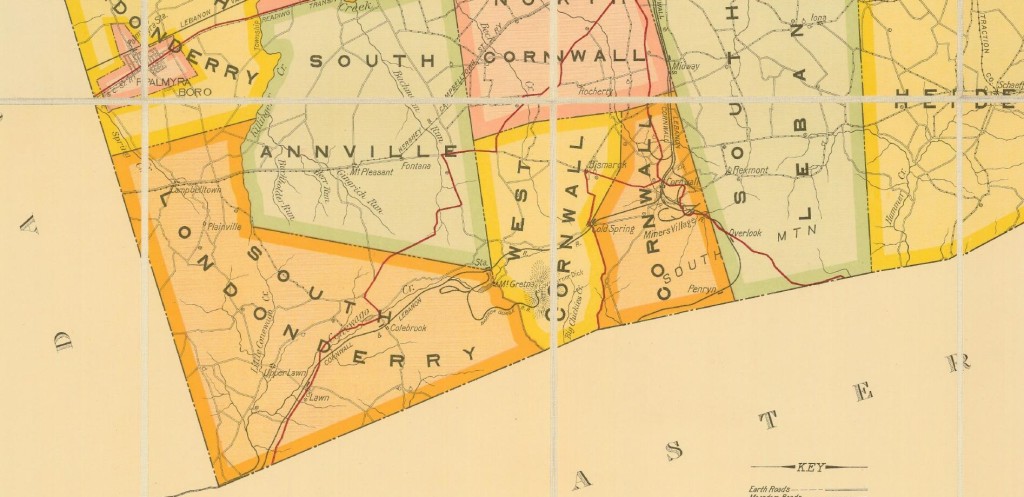
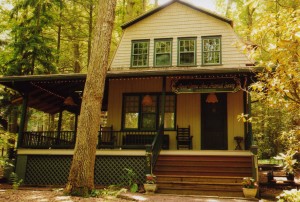

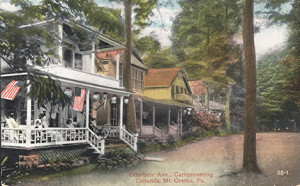
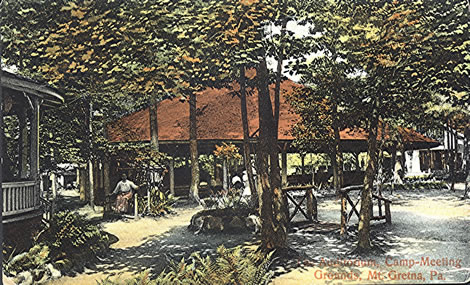
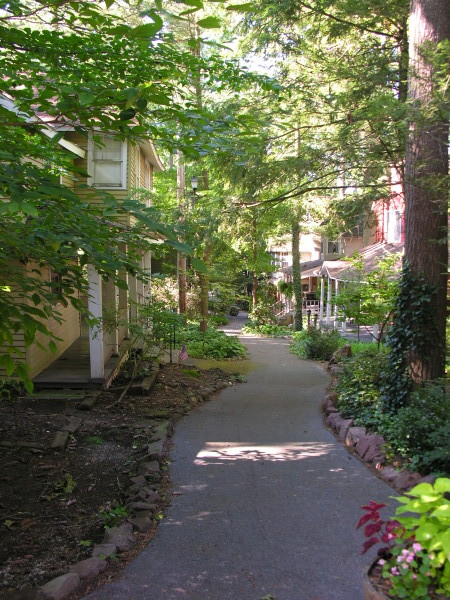

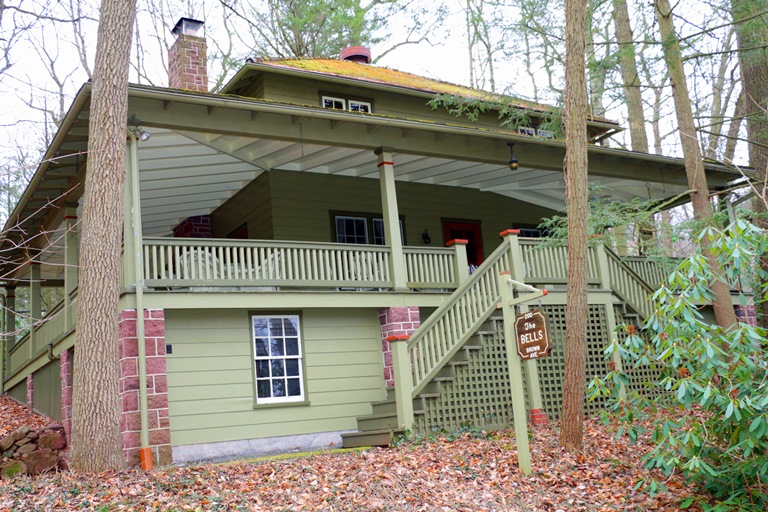
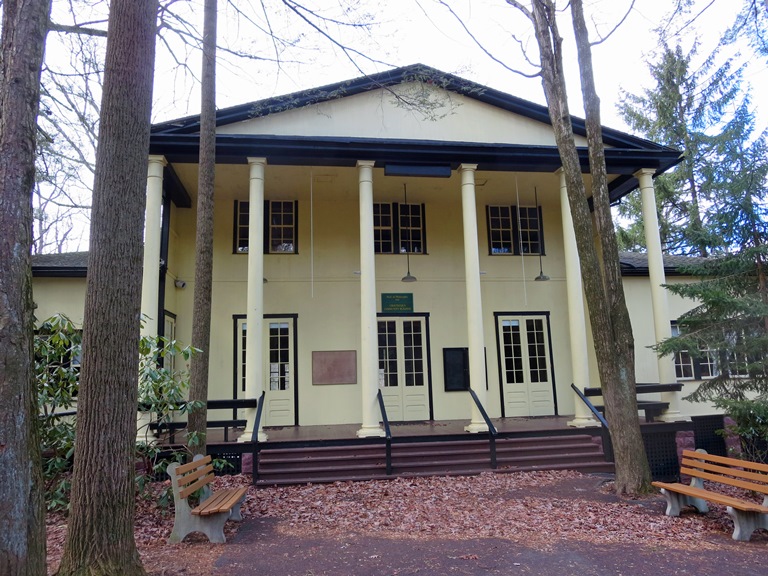
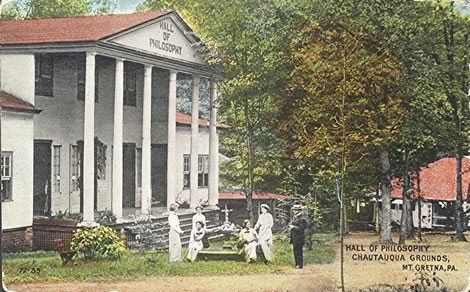
0 Comments
1 Pingback